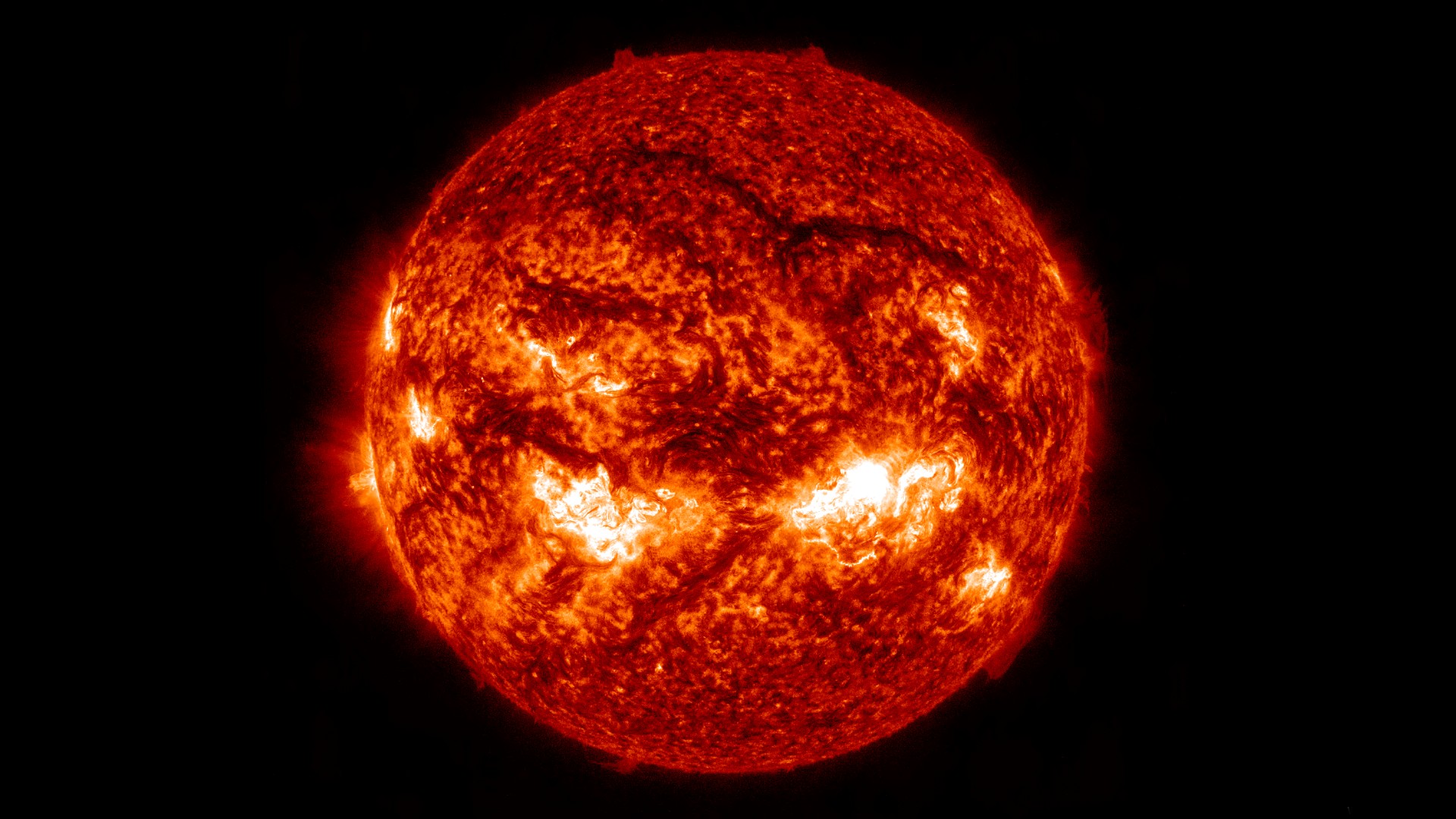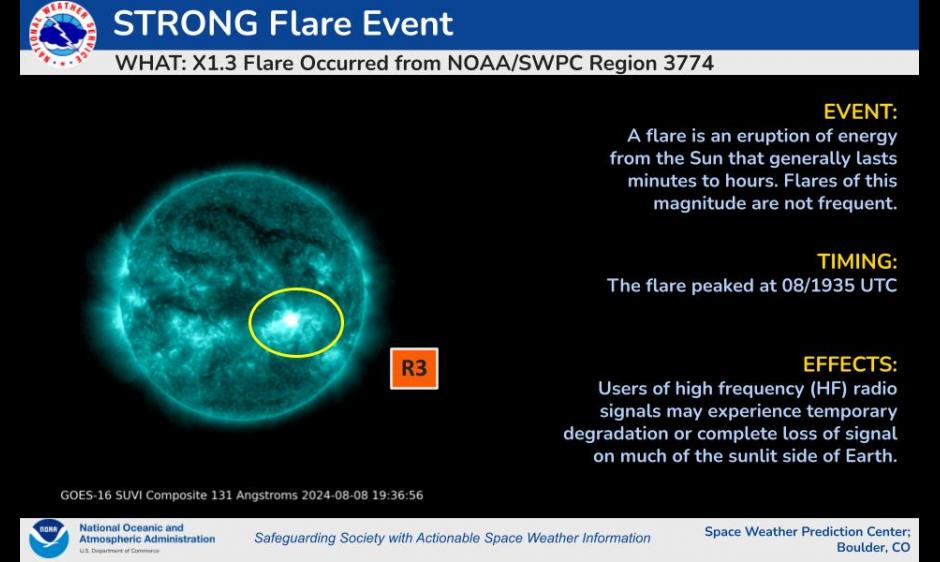
There are now three different coronal mass ejections (CMEs) heading toward our planet, which could mean increased opportunities this weekend to see the aurora across the northern U.S. and Europe.
CMEs are massive blasts of magnetic field and plasma that originate from solar flares from the sun, which can lead to powerful geomagnetic storms for us on Earth. These storms are what give skywatchers the chance to witness the stunning showcase of colors across the night sky known as auroras.
Two CMEs were already Earth-bound from M-class solar flares that erupted on Wednesday (Aug. 7) and scientists at National Oceanic and Atmospheric Administration (NOAA)'s Space Weather Prediction Center (SWPC) confirmed in their forecast discussion that another one originated from an X-class flare on Thursday (Aug. 8). These CMEs are timed up perfectly with the peak of the Perseid meteor shower on Aug. 11 and 12, meaning skywatchers could potentially catch not one stunning celestial spectacle this weekend, but two.

There may have been more, but here is an animation of three coronal waves combined that have been observed since 7 August 2024. The last one, associated with the X1.3 flare in AR 13777, is by far the most impressive. pic.twitter.com/FTPyXCTGE1August 9, 2024
X-class solar flares are the most powerful class of solar flares, and the X designation is followed by a number 1 through 9 that indicates their strength, with 9 being the highest.
Thursday's blast from sunspot region AR3777 came in at a X1.3 and peaked around 3:35 p.m. EDT (1935 UTC). This was the strongest yet from this active region, and the flare resulted in disruptions to shortwave radio, producing a blackout across North America including the Hawaiian Islands, according to NOAA.
There are no speed limits for CMEs, in fact, Spaceweather.com shared in a post that Thursday’s eruption surpassed 2.2 million mph (1,000 km/s)!

With the trio of CMEs forecast to arrive between now and the end of the weekend, a geomagnetic storm watch remains in place through Sunday (Aug. 11). The current projection would be for a G2 (Moderate) solar storm but scientists will continue to monitor the impacts once the CMEs begin to arrive at Earth.
The possibility for viewing the auroras of course will depend on local weather conditions, but SWPC forecasters suggest it could be visible for locations across the northern and upper Midwest ranging from New York to Idaho.
You can always check your specific location through NOAA's 30-minute forecast model or the experimental Aurora Viewline which continue to be updated.







